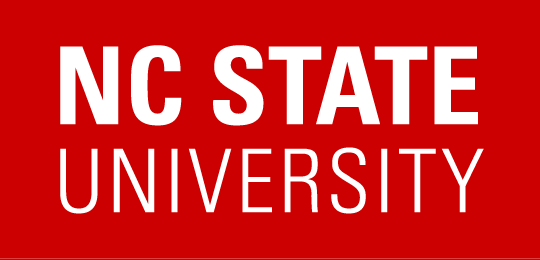Treating injured turtles has a long history at the NCSU CVM, going back to the earliest days of the college. Dr. John Cullen, professor of pathology was likely the earliest proponent of the practice, seeing injured turtles clinicially when members of the public would find them and bring them to the newly built veterinary college. When Dr. Michael Stoskopf joined the faculty in 1989, bringing expertise in shell repair, he and Dr. Cullen began to work collaboratively on the cases, and developed the now widely accepted open management of shell wounds at Dr. Cullen’s suggestion.

When Dr. Greg Lewbart came to the College of Veterinary Medicine in 1993, and as the newest clinician at the college with an interest in poikiolotherms, he quickly joined in treating the ten or so sick and injured wild turtles people would bring to the college each year. By 1994 the turtle caseload had doubled, just by word of mouth letting people know there was a place where injured turtles could be treated. In 1995 the caseload continued to increase and Dr. Lewbart became the “go to” person as administrative and research duties limited the availability of Dr. Cullen and Dr. Stoskopf. It was also clear that with the rising caseload there was an opportunity for a more coordinated student involvement with the cases, to help develop not only their clinical and case management skills. With the help of a donation from local wildlife rehabilitator Linda Henis, North Carolina State University’s Turtle Rescue Team was born in 1996.

Now, entering its 20th year, Turtle Rescue Team is a thriving and vital part of the NCSU College of Veterinary Medicine. Supported by their faculty mentors and the technical staff of the college, the day to day operations of the Turtle Team, as it is more commonly referred to, are run entirely by students. DVM program students are the heart of the Turtle Team, and serve as the presidents, shift captains and other key positions, managing the medical and surgical cases from admission to discharge.
The involved veterinary students build case management skills, and the officers gain experience in volunteer coordination and clinic management. A select few graduate, and undergraduate students also contribute to turtle team success, gaining valuable opportunities for hands-on reptile experience. Many staff and faculty also help by fostering turtles needing long term care before release.

In 2015, the Turtle Rescue Team expects to see over 300 cases. The steady stream of patients has provided opportunities for publication of case studies, development of novel treatment protocols for challenging conditions, and other research into the best approaches for managing turtle trauma or understanding turtle physiology.
The longevity of the program has generated a large volume of data that has and will continue to prove valuable to further understanding the health & ecology of North Carolina’s wild turtle populations. The Turtle Team’s community outreach and education efforts are equally valuable. By including each turtle’s rescuer in the rehabilitation and release process, the Turtle Team has helped to educate the triangle public about the value and needs of our wild turtles.
The coordination, dedication, and enthusiasm of North Carolina State University’s veterinary students has kept Dr. Lewbart’s vision for a wildlife treatment and rehabilitation program running smoothly for 20 years, and here’s to many more!



